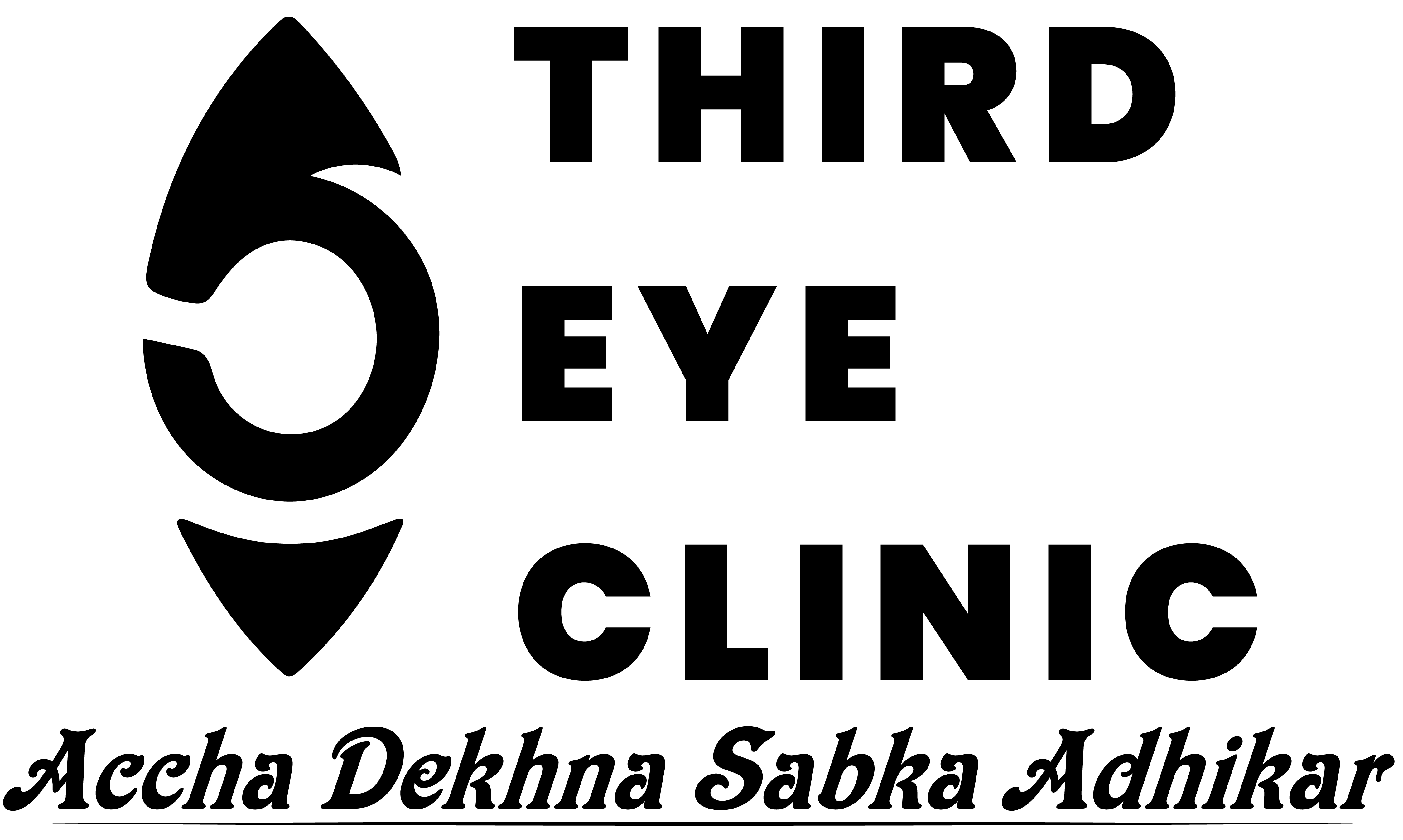What do you understand by Cataract?
A cataract is an eye condition characterized by the clouding of the natural lens in the eye, leading to vision loss. Naturally, the eye’s lens is clear and allows light to pass through, focusing on the retina at the back of the eye. but when a cataract develops, the lens becomes cloudy and interferes with the normal passage of light.
A cataract is a clouding of the lens of the eye, which is typically clear. For people who have cataracts, seeing through cloudy lenses is like looking through a frosty or fogged-up window. Clouded vision caused by cataracts can make it more difficult to read, drive a car at night or see the expression on a friend’s face.
How it works?
A cataract is a cloudy lens. The lens sits behind the colored part of your eye, called the iris. The lens focuses light that passes into your eye. This produces clear, sharp images on the back part of the eye, called the retina.
As you age, the lenses in your eyes become less flexible, less clear and thicker. Aging and some medical conditions can cause proteins and fibers within the lenses to break down and clump together. This is what causes the clouding in the lenses.
As the cataract grows, the clouding becomes worse. A cataract scatters and blocks the light as it passes through the lens. This prevents a sharply defined image from reaching your retina. As a result, your vision becomes blurred.
Cataracts usually happen in both eyes, but not always at the same rate. The cataract in one eye may be worse than the other. This causes a difference in vision between eyes.
Symptoms
Symptoms of cataracts include:
- Clouded, blurred or dim vision.
- Trouble seeing at night.
- Sensitivity to light and glare.
- Need for brighter light for reading and other activities.
- Seeing "halos" around lights.
- Frequent changes in eyeglass or contact lens prescription.
- Fading or yellowing of colors.
- Double vision in one eye.
At first, the cloudiness in your vision caused by a cataract may affect only a small part of the eye’s lens. You may not notice any vision loss. As the cataract grows larger, it clouds more of your lens. More clouding changes the light passing through the lens. This may lead to symptoms you notice more.
Cause
Most cataracts develop when aging or injury changes the tissue that makes up the eye’s lens. Proteins and fibers in the lens begin to break down. This causes vision to become hazy or cloudy.
Some disorders passed down from parents that cause other health problems can increase your risk of cataracts. Cataracts also can be caused by other eye conditions, past eye surgery or medical conditions such as diabetes. Long-term use of steroid medicines also may cause cataracts to develop.
Prevention
No studies have proved how to prevent or slow the growth of cataracts. But health care professionals think several strategies may be helpful, including:
Follow your treatment plan if you have diabetes or other medical conditions that can increase your risk of cataracts.
Why Choose Us?
Are you having Eye problems? Contact us today!
Address Business
Contact With Us
Call Us 24/7: +91 7903381944
Working Time
A cataract is the clouding of the natural lens of the eye, leading to blurry or dim vision. It is one of the most common causes of vision loss, especially in older adults.
Cataracts are usually age-related but can also result from:
- Diabetes
- Eye injuries
- Prolonged use of steroids
- Smoking or alcohol use
- Excessive sun exposure (UV radiation)
- Congenital (present at birth)
- Previous eye surgery or inflammation
Common signs include:
- Blurry or cloudy vision
- Difficulty seeing at night
- Glare or halos around lights
- Fading or yellowing of colors
- Frequent changes in glasses prescription
- Double vision in one eye
We perform:
- Comprehensive eye examination
- Visual acuity tests
- Slit-lamp evaluation
- Retinal examination (sometimes after dilation)
- Biometry test (for IOL power calculation before surgery)
No. There are no proven medications to reverse or prevent cataracts. Surgery is the only effective treatment once a cataract affects your vision significantly.
You should consider surgery when cataracts begin to:
- Interfere with daily activities like reading, driving, or working
- Cause frequent glasses prescription changes
- Reduce contrast or color perception
- Impact your quality of life
Cataract surgery is a safe and quick procedure where the cloudy lens is removed and replaced with an artificial intraocular lens (IOL). Techniques used include:
- Phacoemulsification (Phaco) – advanced, painless, and stitchless
- Manual Small Incision Cataract Surgery (MSICS) – effective in specific cases
We offer:
- Monofocal IOLs – for clear distance vision
- Multifocal IOLs – for both near and far vision
- Toric IOLs – to correct astigmatism
- Premium IOLs – for enhanced contrast and less dependence on glasses
Our specialists help you choose the best option based on your lifestyle and needs.
No. Cataract surgery is usually painless with topical or local anesthesia. Risks are minimal when performed by experienced surgeons. Most patients experience rapid recovery and improved vision within a few days.
- State-of-the-art operation theatre
- Experienced cataract surgeons
- Advanced biometry and lens implantation options
- Stitchless, bladeless, and painless procedures
- Affordable packages and quick recovery
- Personalized pre- and post-surgery care
